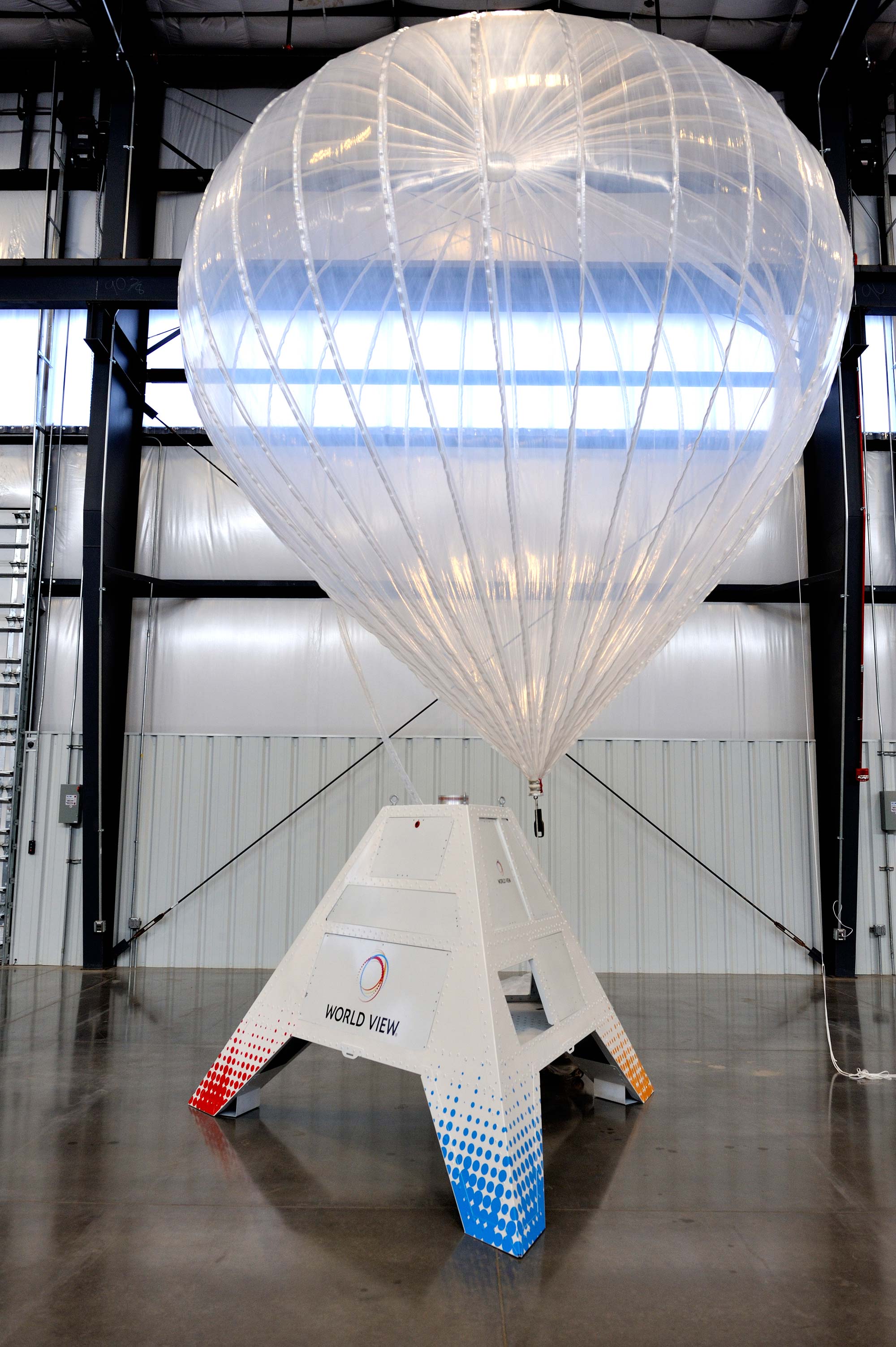Stratospheric Balloon Startups Want to Make It Easier to Fly to the Edge of Space

The likes of SpaceX and Blue Origin are trying to drive down the cost of space travel with reusable rockets. But for those who don’t want to venture quite so high, two firms are now trying to bring down the cost of versatile stratospheric balloon missions, too.
Science reports that World View Enterprises, of Tucson, Arizona, and Raven Aerostar, from Sioux Falls, South Dakota, are both looking to offer scientists the chance to fly their instruments 20 miles up into the atmosphere. NASA already sends its own balloons into the stratosphere and will also haul third-party experiments for a fee—but like its rocket launches, there can be huge lead-times.
World View and Raven Aerostar hope to change that, and reckon they will be able to launch their balloons faster than the space agency—much like SpaceX promises faster turnarounds for its rocket launches. World View also claims that its balloon missions will cost less: hundreds of thousands of dollars, versus $2 million to $3 million for NASA.
That’s mainly because NASA’s balloons are big, with a volume of 500,000 cubic meters, which allows them to stay afloat for over 50 days and haul payloads of up to 7,900 pounds. Balloons used by World View, meanwhile, have a volume of 22,000 cubic meters, carry just 110 pounds, and have yet to fly for more than 12 hours at a time.
Pound-for-pound, then, it might be cheaper to fly devices with NASA. And until the smaller balloons can fly missions that are at least a few days long—something World View is actually trying to do for the first time this week—they may not be much use for many experiments.
But there’s a lot to be said for a lower absolute prices, because finding a launch partner who needs the exact same balloon flight as you isn’t necessarily straightforward. And at any rate, World View and Raven Aerostar can, unlike NASA, both keep their balloons hovering more-or-less on the spot, by analyzing wind conditions and rising or sinking to hit the right currents.
The two firms aren’t alone in floating devices to the edge of space, either. Alphabet has been experimenting with its Internet-spewing Project Loon balloons for several years now, and Science points out that a handful of other startups are also trying their hand at the concept, though they don’t offer the stationary positioning of World View and Raven Aerostar. But whoever's launching them, stratospheric balloons certainly appear to be on an upward trajectory.
(Read more: Science, “10 Breakthrough Technologies: Project Loon”)
Keep Reading
Most Popular
Large language models can do jaw-dropping things. But nobody knows exactly why.
And that's a problem. Figuring it out is one of the biggest scientific puzzles of our time and a crucial step towards controlling more powerful future models.
The problem with plug-in hybrids? Their drivers.
Plug-in hybrids are often sold as a transition to EVs, but new data from Europe shows we’re still underestimating the emissions they produce.
Google DeepMind’s new generative model makes Super Mario–like games from scratch
Genie learns how to control games by watching hours and hours of video. It could help train next-gen robots too.
How scientists traced a mysterious covid case back to six toilets
When wastewater surveillance turns into a hunt for a single infected individual, the ethics get tricky.
Stay connected
Get the latest updates from
MIT Technology Review
Discover special offers, top stories, upcoming events, and more.